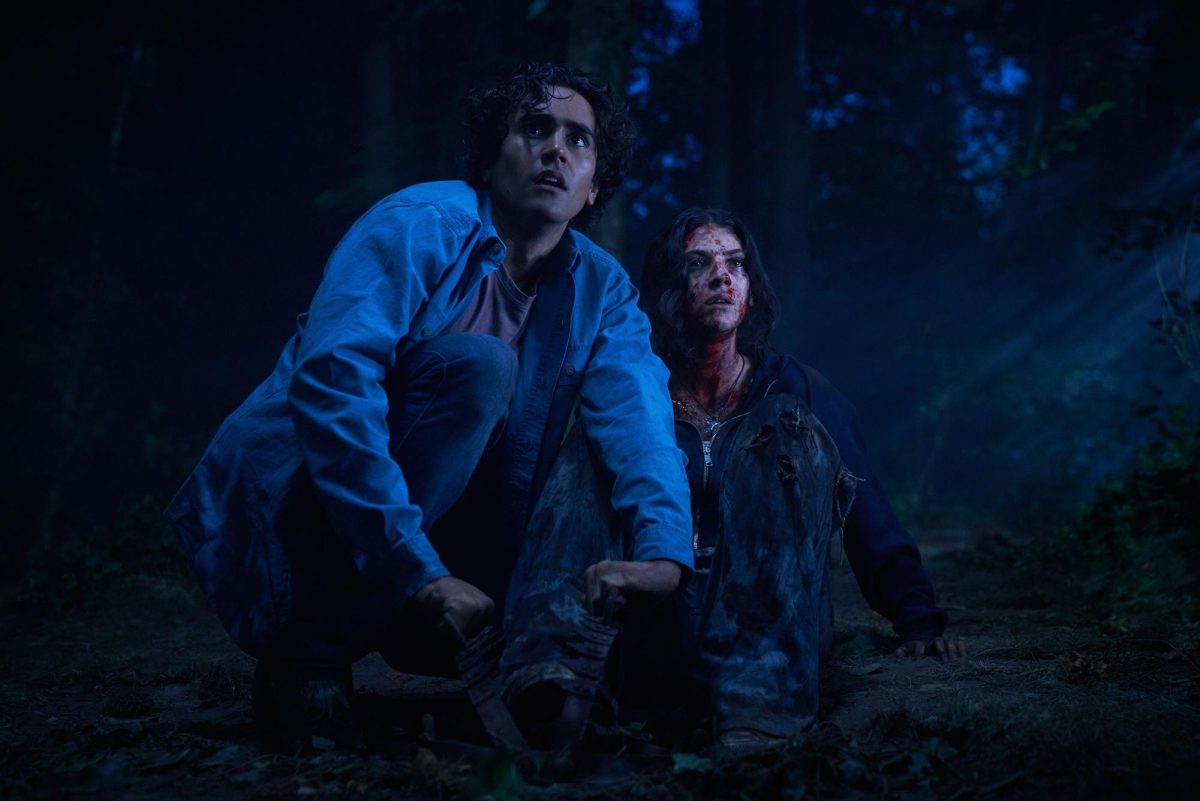It is 50 years after an ant-like alien species, called Formics, attacked Earth and killed millions of people. The brightest young minds of Earth are being selected for an elite military program in hopes of training the next great commander for when the Formics inevitably strike again. Andrew “Ender” Wiggin is that next great commander.
Co-produced by Orson Scott Card and based off Card’s 1985 novel of the same name, “Ender’s Game,” directed by Gavin Hood, tracks Ender’s (Asa Butterfield) progression through his training to fight against the Formics. The story of Commander Mazer Rackham (Ben Kingsley), who valiantly sacrificed himself to destroy the fleet during the last invasion, pervades not only his training, but human society as a whole. It becomes apparent that the International Fleet, the governing military body, expects Ender to become the second coming of Rackham.
At face value, Butterfield’s Ender does not seem to be the type for the lofty role of a commander. As a lanky “third” in a two-child policy society whose two older siblings both failed the program, he is frequently ridiculed by his peers, but maintains his composure until he fights back to prevent all future attacks. Seeing Ender’s tactics, Colonel Hyrum Graff (Harrison Ford) promotes him to battle school, and from there, Ender must contend with his insolent Commander Bonzo (Moises Arias), constant pressure from Graff and the vivid inner machinations of his own mind.
The film is diversely cast, which reflects the Fleet’s need for the best regardless of each student’s demographic background, and works well to break military stereotyping. Rather than casting a large, imposing figure as commander of the Salamander Army, casting director John Papsidera made Bonzo scrawny and shorter than everyone else. Nevertheless, he is fierce and is only defeated in the battle games by Ender. Similarly, many of the higher-ranking officials are female or of a minority background, including Kingsley’s character Rackham, who uses his facial tattoos to embrace his Maori heritage and inspire him in battle. While the portrayal of Ender focuses more on his tactical ability, his emotions take center stage at the end of the movie, which may hold true to the expectations of viewers who read the book.
Despite the difficulty of shooting a space-centered military film because of the confinement to Earth, the depictions of the technology were futuristic but realistic. They captured both the romantic idea of space life, such as the picturesque views of Earth and the elegance of floating in zero gravity, with the rigidity and functionality of a military base. The Formic ships and planet incorporated features like an advanced tunneling system and claw-like projections to evoke a creepy, bug-like feeling, resulting in resentment of the enemy. The score was hauntingly majestic and incorporated instrumentation into the orchestral music to complement each scene. For example, for Ender’s dream sequences involving his beloved sister, Violet (Abigail Breslin), the flute solos reflected how much calmer he was when thinking of her.
“Ender’s Game” captures the imagination and chilling possibilities of space existence in the future through good casting and attention to artistic detail.
















